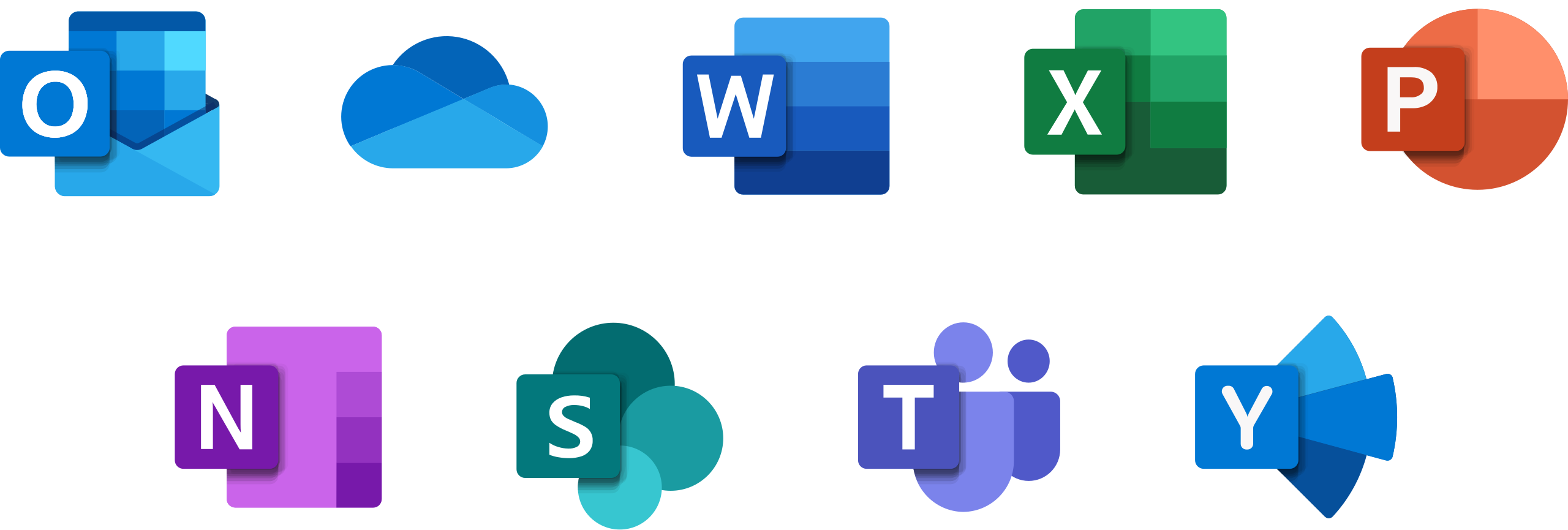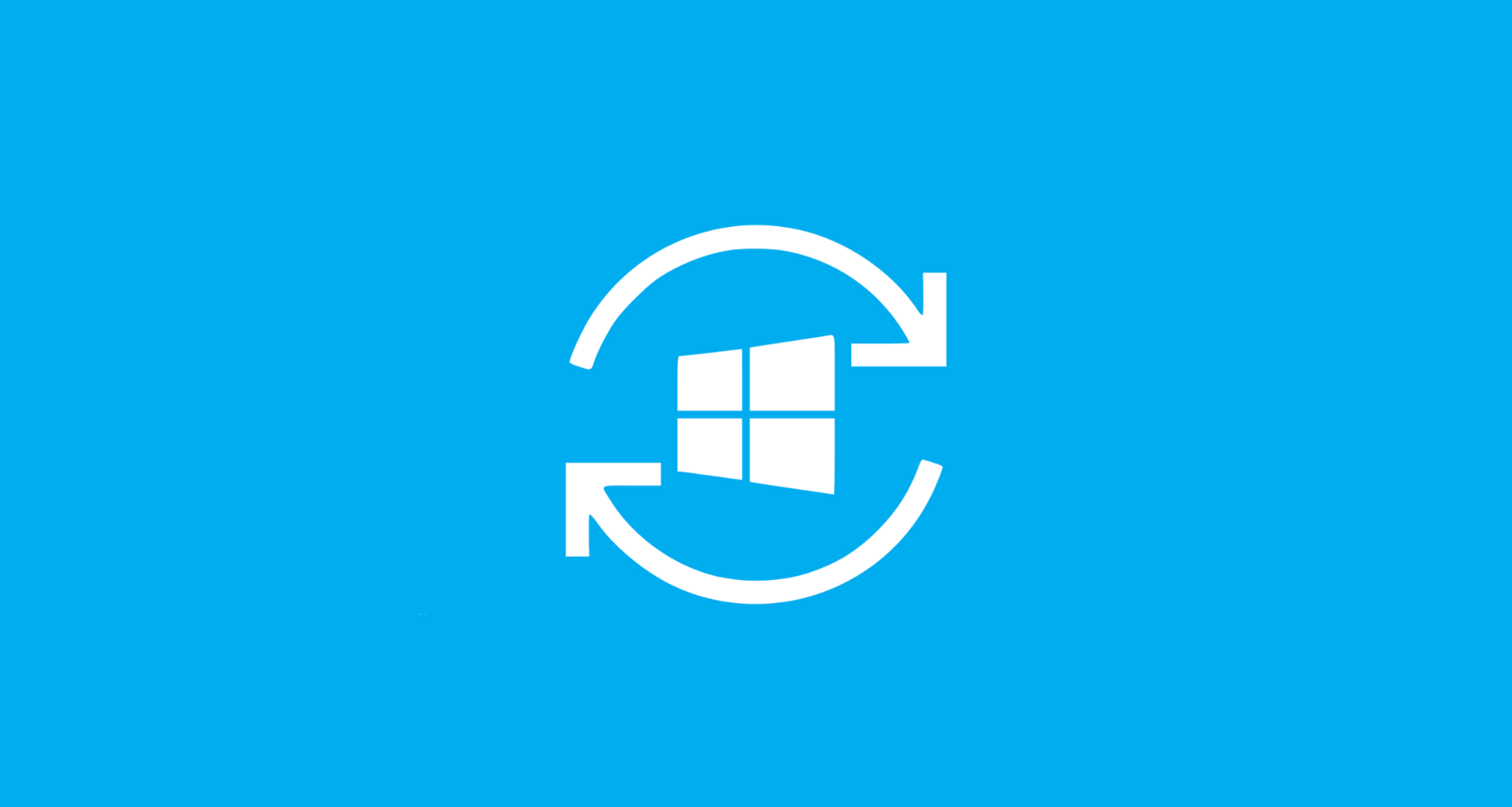Why it matters: A patch recently released via Windows Update scared Office users away, as Microsoft was seemingly going after data about older Office versions. Now the company explains: it's for your own good, privacy is paramount, etc.
Microsoft released the KB5021751 update in January, explaining that it was to "help" the company identify how many users were still running unsupported or soon-to-be-unsupported versions of the Office productivity suite. Microsoft was seemingly searching for info over users of Office 2013, Office 2010, and Office 2007, with an update that would run only once in "silent mode" to collect data and then remove itself from the system.
Redmond engineers deployed the update on Windows installations with the "Receive updates for other Microsoft products" option enabled and a copy of Office 2013, Office 2010, or Office 2007 installed. Microsoft points out that the receive updates feature is optional, and users can disable it from Windows Update's advanced options configuration page.
More recently, the OS giant refreshed the KB5021751 support page to re-explain how the update works and why it is helpful for Microsoft's business and customers. The update gathers "diagnostic and performance data" from Registry entries and application interfaces (API) to estimate the overall usage of older Office releases, says Microsoft Support.

The company says that unsupported versions of Office are no longer secure because they don't receive the latest security patches, which provide the most up-to-date protection against known vulnerabilities. Out-of-date versions "might face performance and reliability issues over time" as well.
However, Microsoft assures users that KB5021751 does not gather any information about licensing details, customer content, or data about other "non-Microsoft products." The company "values, protects, and defends" user privacy, even if this means letting customers off the hook on pirated versions of its software --- on paper, at least.
Microsoft further said it would use the data gathered through the update to decide "how best to support and service" systems with outdated Office versions. However, there is no information about how it will carry out the continuing support. It could push some emergency, out-of-band updates for extremely dangerous (or even "wormable") security flaws, for example, even though no actual guarantees are offered.
